
REVIEW: Scott Pilgrim vs. The World
Forget Tarantino! When it comes to postmodernism, Edgar Wright is the true prince of pastiche. As director of the television series Spaced (1999-2001) and the feature films Shaun of the Dead (2004) and Hot Fuzz (2007), Wright has pursued projects that demonstrate a particular passion for popular culture. Where others have mined the past in order to parody or imitate (read: ‘pay homage’), there’s something entirely distinctive about Wright’s cinematic style.
Watching his work reminds me of a passage from Umberto Eco who argued that Casablanca (1942) achieved its cult status through its use of archetypes (eg. stereotypes and clichés), which instilled in the audience a sense of nostalgia by connecting the film to its cinematic ancestry. He explains that, “Two clichés make us laugh but a hundred clichés move us because we dimly sense that the clichés are talking among themselves, and celebrating a reunion”. For Eco, Casablanca “is not one movie. It is movies”.
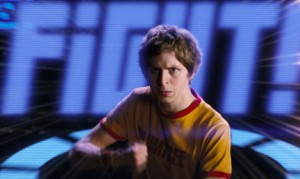 This is precisely the feeling I get from the work of Wright; a joyous sense of reunion in which the exhaustive list of pop-cultural references and self-reflexive in-jokes together achieve something far in excess than the mere sum of their parts. If Casablanca is ‘movies’ then Wright’s latest offering, Scott Pilgrim vs. the World, is movies plus television, video games, comics and music.
This is precisely the feeling I get from the work of Wright; a joyous sense of reunion in which the exhaustive list of pop-cultural references and self-reflexive in-jokes together achieve something far in excess than the mere sum of their parts. If Casablanca is ‘movies’ then Wright’s latest offering, Scott Pilgrim vs. the World, is movies plus television, video games, comics and music.
Based on the graphic novels by Bryan Lee O’Malley, Scott Pilgrim revolves around a straight-laced 22 year-old bassist and love-struck Romeo (performed perfectly to type by Michael Cera) who, in falling for the hip new girl in town, Ramona Flowers (Mary Elizabeth Winstead) must confront and ‘defeat’ her seven ex-partners. Oh, and I should probably mention that this self-proclaimed ‘League of Evil Exes’ all have superpowers.
Besides the inventive premise, what truly distinguishes Scott Pilgrim from the majority of comic book adaptations is the way that Wright extends the graphic novel sensibility beyond a surface visual style (eg. split screen framing, text boxes) into the film’s structure. Rather than labour the narrative with exposition or back-story, slickly edited scenes zip by at such a rapid fire pace that in one sequence, even the characters are left disoriented through the sudden shifts in time and location.
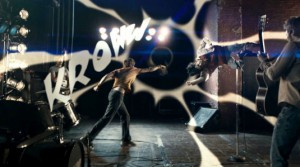 As an exemplar of hyperkinetic cinema I can think of only one other film that effectively approaches and sustains the pace that Wright engenders here; Sogo Ishii’s exhilarating Electric Dragon 80,000 V (2001). While Ishii’s film has a rawer sensibility, the fight sequences in Scott Pilgrim are executed in a similar manner: raging words flash upon the screen, as punk chord riffs punctuate video-game style attacks moves and (in Pilgrim) exploding bodies of loose change.
As an exemplar of hyperkinetic cinema I can think of only one other film that effectively approaches and sustains the pace that Wright engenders here; Sogo Ishii’s exhilarating Electric Dragon 80,000 V (2001). While Ishii’s film has a rawer sensibility, the fight sequences in Scott Pilgrim are executed in a similar manner: raging words flash upon the screen, as punk chord riffs punctuate video-game style attacks moves and (in Pilgrim) exploding bodies of loose change.
Scott Pilgrim vs. the World may never achieve the cult status of a film like Casablanca but I can assure you that no other film this year and beyond that, possibly for some time, is likely to prove as immensely enjoyable.
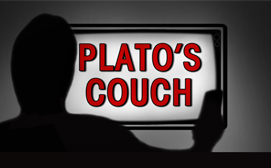

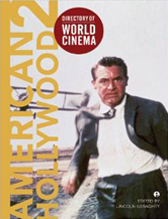
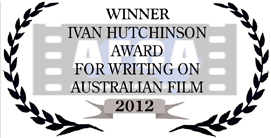
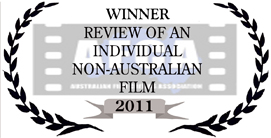
RSS feed for comments on this post. TrackBack URI